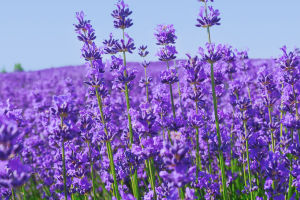Mangroves are unique intertidal habitats, thriving where tidal influx meets river water flow. These dynamic ecosystems experience alternate flooding and draining during tidal cycles, allowing nutrients to be replenished and transported.
This makes mangrove forests some of the most productive ecosystems on Earth.
Economic and ecological value
Mangroves provide essential goods and services to coastal communities, such as commercial fish, shellfish, and fuel wood. They act as natural barriers against storm surges, significantly reducing the need for costly sea walls. Research indicates that mangroves offer flood protection benefits valued at over $65 billion annually, safeguarding 15 million people from coastal floods and storms each year. Furthermore, mangroves can store up to five times more carbon than terrestrial forests, playing a vital role in combating climate change.
Why Restoration Intervention Is Needed
Globally, mangroves have faced significant losses, with their coverage declining from 139,777 km² in 2000 to 131,931 km² in 2014. Restoring and protecting these forests is crucial to tackling climate change, preserving biodiversity, and supporting local livelihoods. In Africa, restoration efforts aim to rehabilitate mangrove estuaries rich in biodiversity, providing sustainable fishing grounds for local communities and enhancing food security. These initiatives ensure the longevity of restored ecosystems while empowering local communities.
What Does It Take to Restore Mangroves?
There are two primary methods of mangrove planting:
The nursery method
Seedlings are raised in nurseries, where they are nurtured before being transplanted into the wild. This method typically results in higher growth and survival rates. Local communities involved in nursery activities can prepare up to 300 pots daily, from collecting propagules to planting.
Direct planting
This simpler approach involves collecting propagules directly from mangrove trees and planting them on-site. While effective, it does not allow the same level of control over the initial growth phase as the nursery method.
Mangrove Nurseries – Where Seedlings Are Nurtured
What happens at mangrove nurseries? Muddy and clayey soil is collected during low tide to fill nursery bags. Seeds are sown in these bags, which are then placed in nursery beds. Propagules and fruits are also planted directly into nursery bags.
Nurturing the seedlings
Seedlings require consistent care, including watering, shading, weeding, pest control, fertilization, and hardening, all of which are crucial for their survival. Once the seedlings mature and the season is favorable, they are transplanted into their permanent habitats.
Let’s Get Planting!
Mangrove planting is labor-intensive and demands physical endurance. Planting sites are often remote and require traversing muddy mangrove channels barefoot. At these sites, approximately 5,000 propagules are planted per hectare by inserting them into the soil up to one-third of their length.
An Inclusive Approach to Long-Term Mangrove Restoration
Restoration efforts aim to uplift coastal communities by creating sustainable income opportunities. Restored mangrove estuaries support fishing grounds, ecotourism, and sustainable harvesting practices, contributing to food security and economic stability.
Additionally, restored mangroves stabilize coastlines and serve as natural defenses during tropical storms, safeguarding both land and livelihoods. This holistic approach ensures the long-term success of mangrove restoration while addressing poverty and environmental challenges.


